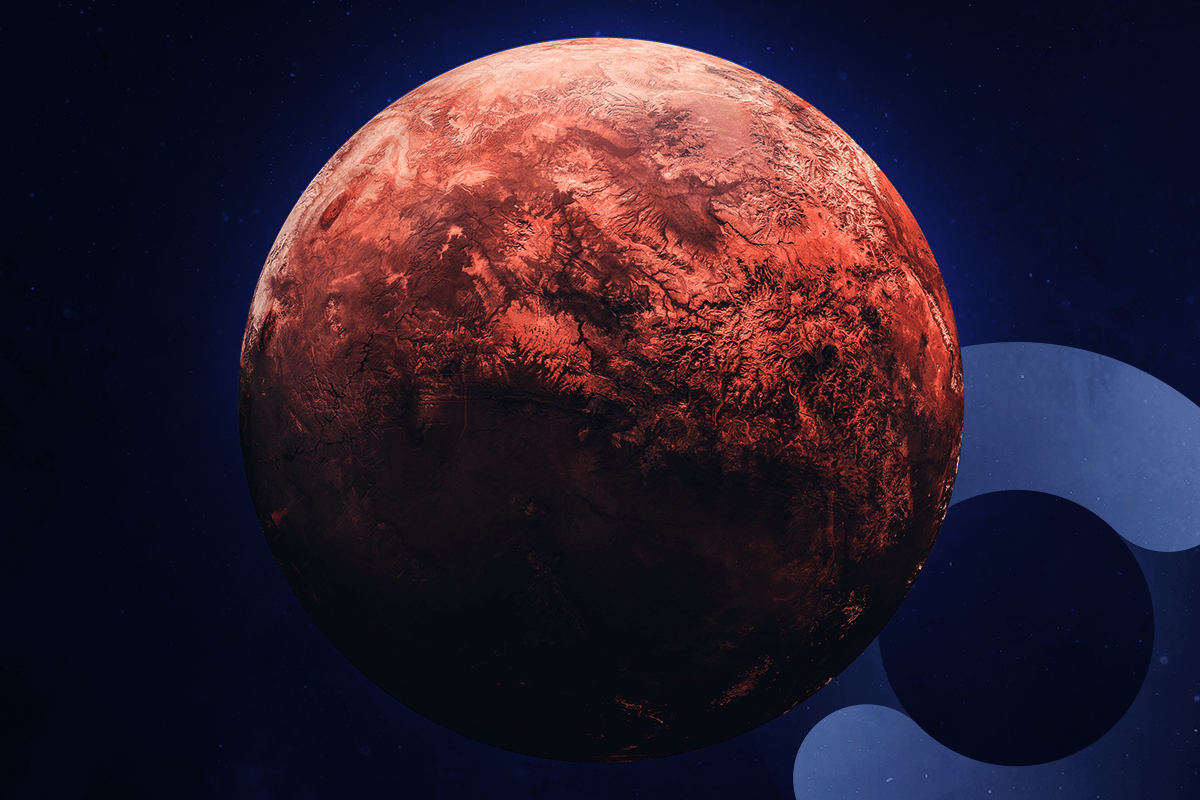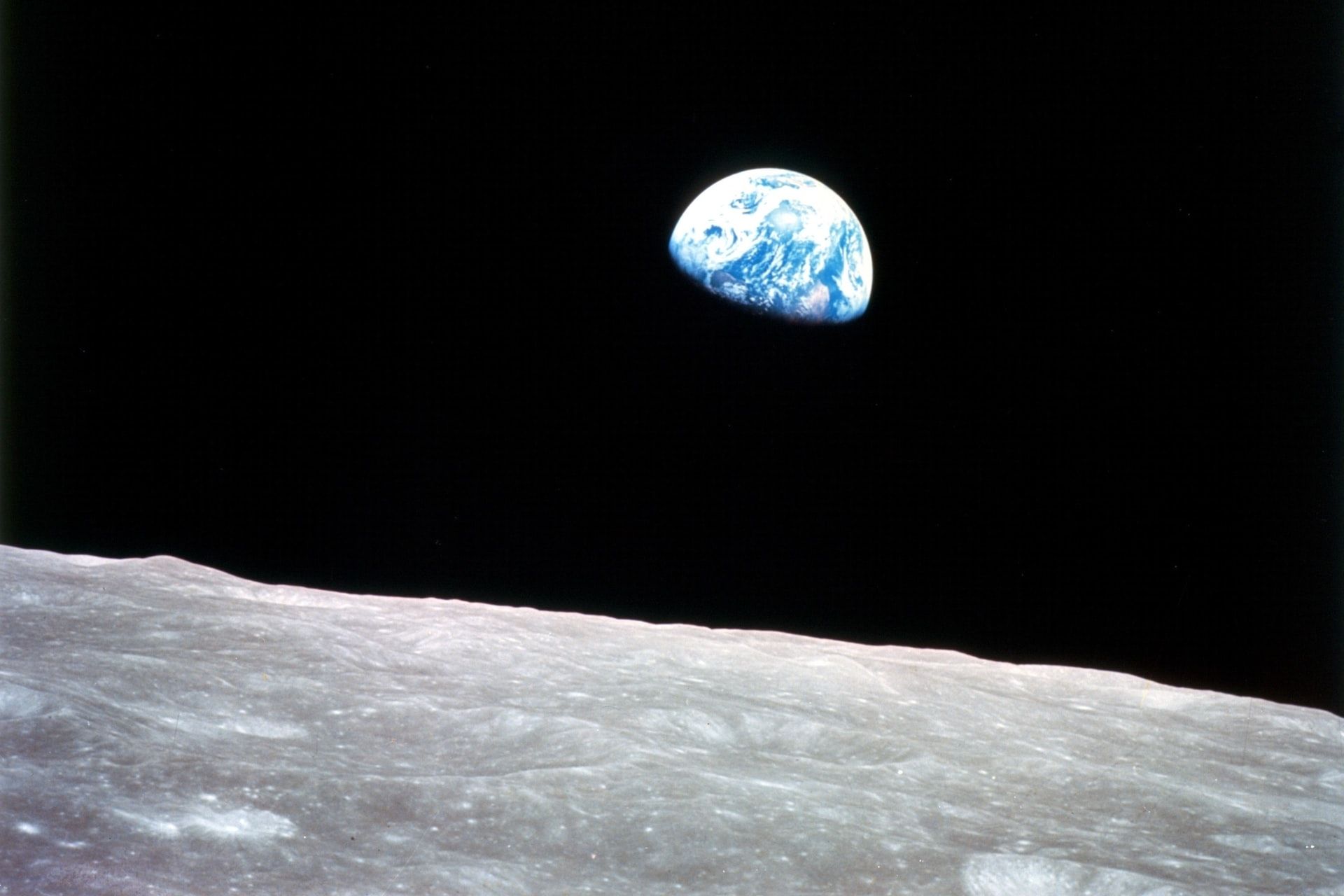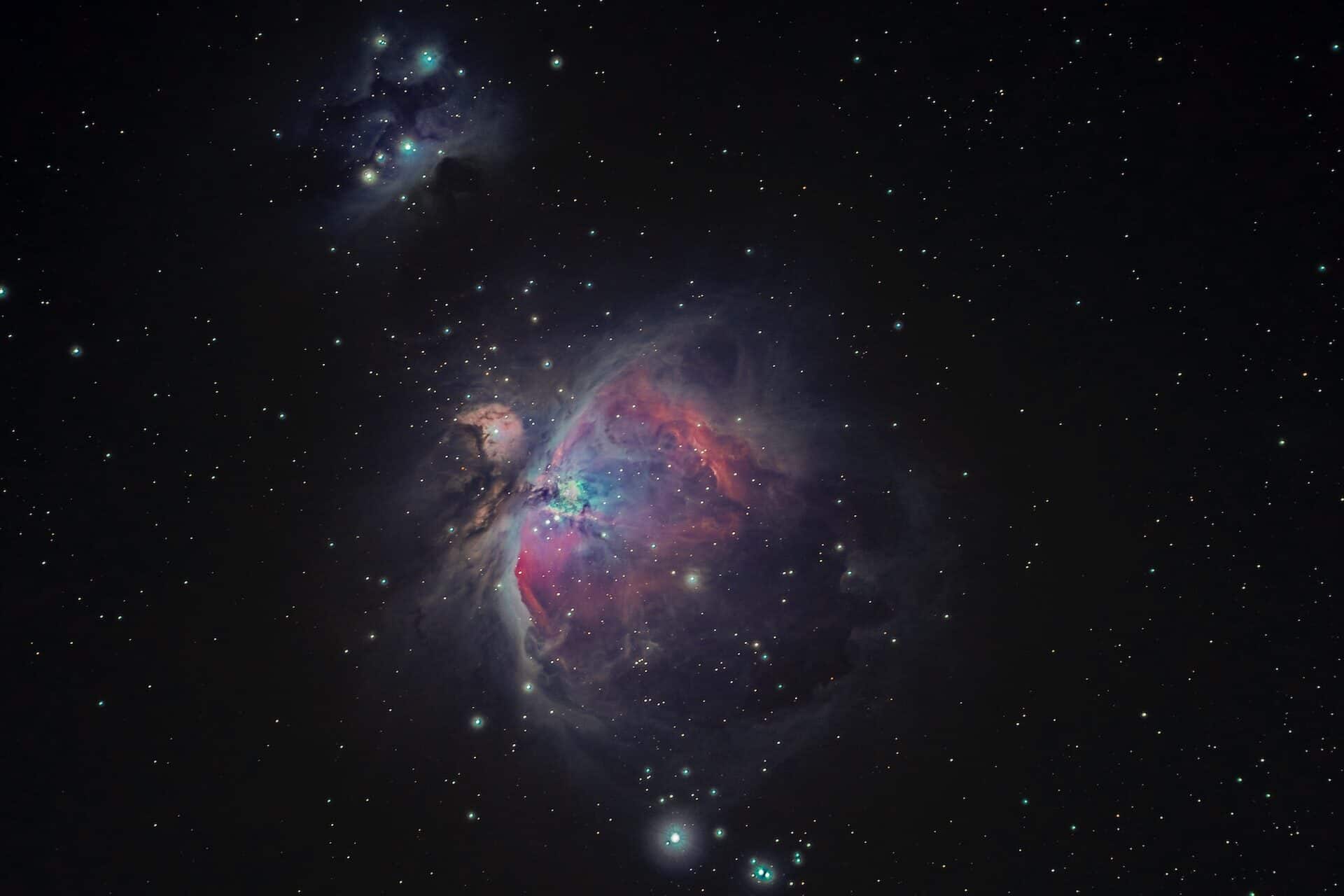
Should We Terraform Mars?
March 28, 2017 - Emily Newton
Revolutionized is reader-supported. When you buy through links on our site, we may earn an affiliate commision. Learn more here.
We all know the basics about Mars. It’s the red planet, the fourth in our solar system, and astronomers named it after the Roman god of war. It’s also got a couple of rovers roaming around the surface taking samples and sending their data back to Earth. We also know that while both NASA and SpaceX are planning on sending people to the red planet, its frigid temperatures and thin atmosphere aren’t exactly conducive to human survival. So why is NASA so excited to get to Mars? And is there anything we can do to make it easier for humans to live and breathe on Mars?
Why Mars?

50 years ago, reaching for the Moon was an almost impossible dream, but now we’ve got probes sending back information from the farthest reaches of the solar system and are seriously looking at putting the first human footprint on Mars.
Why are we so obsessed with getting humans to Mars? There’s a variety of opinions on the subject, but most of them boil down to two main themes: reaching for Mars has rekindled our species-wide love for space flight, and as Elon Musk has repeatedly said, colonizing the red planet is essential for the future of humanity.
Logistically, it makes sense. Other than the Moon, Mars is our closest celestial neighbor and is similar in size, even though the planet itself has less mass and the planet’s gravity is a mere 38% of Earth’s. Humans can travel to Mars in six to seven months, depending on the location of the planet in its orbit, and would have to spend approximately 18 months on the planet’s surface before they realigned again if the intent was for the astronauts to return home at the end of their mission.
What Does Terraforming a Planet Mean?
Some people have proposed the idea of terraforming as an option to make Mars habitable for humans. But what exactly is it?
Terraforming is the use of technology to transform an inhospitable planet into a habitable one — in essence, imbuing distant planets with the Earth-like qualities needed to sustain human life. Until now, the term has been used almost exclusively in science fiction. As we’ve seen in the past 50 years or so, though, all it takes is a science fiction fan and some ambition to turn science-fiction into science-fact.
In science fiction, we might be able to drop a couple of devices and terraform the planet into something that we can live on — like the original “Total Recall” — but in reality, is it possible to terraform a planet?
Can We Terraform Mars?
Earth took billions of years of evolution before it was finally suitable for human life. With that sort of timetable, could it even be possible to turn a planet like Mars into something that could support human life without the use of domes or suits?
Theoretically, Mars has everything required to support life: water, carbon, oxygen — found in carbon dioxide — and nitrogen. The problem, at least for human life, is that it’s in the wrong concentration. Earth’s atmosphere consists of:
- 78.1% nitrogen
- 20.9% oxygen
- 0.9% argon
- 0.1% carbon dioxide.
There’s also a number of other trace gasses in the atmosphere. Mars, on the other hand, has an atmosphere made up of:
- 93% carbon dioxide
- 2.7% nitrogen
- 1.6% argon
- 0.2% oxygen
It’s made up of the same components, but in concentrations that human beings cannot breathe. To terraform Mars, scientists would have to raise the level of greenhouse gasses on the planet to encourage life to begin growing on its own. This would probably take hundreds of years. While it’s not science-fiction-level terraforming, scientists believe that after a couple of centuries, Mars might be capable of supporting human life.
Should We Terraform Mars?
The biggest question isn’t whether or not we can terraform Mars — we already know that we can, even if it might take centuries. The biggest question here is whether or not we should change the surface of the red planet to suit our own needs.
There are two adamant opinions on the matter. Some people feel we should terraform the red planet because it doesn’t support life on its own, while others feel we would simply be greedily snapping up everything that comes across our paths like humans are wont to do. First, let us look at some of the pros and cons of terraforming Mars:
- Pro: Mars becomes a backup plan in case something happens to the Earth, whether of our own making (i.e. pollution, nuclear war, etc.) or as the result of a natural disaster.
- Con: If there is life on Mars that we haven’t discovered yet, even at the microcellular level, our plans to terraform the planet might destroy that life.
- Pro: Humans would be able to sustain a larger population on Mars because there would be no need for Earth-like environmental controls or support.
- Con: Terraforming the planet could potentially be interrupting Mars’ natural life cycle. We’ve assumed the planet is dead, but there’s still evidence of water. The planet is still actively volcanic and all the building blocks for life are there.
Intrinsic vs. Extrinsic Value
What it really comes down to is the difference between intrinsic value and extrinsic value. Mars, it might be argued, has a high intrinsic value that would supersede any value we place upon it. In essence, the argument is that Mars is not merely another piece of land to be purchased and developed, but rather an essential part of our cosmic ecosystem. We have no idea what the repercussions of terraforming the planet might be.
On the other hand, though, staying home on planet Earth could detrimentally affect our ability to travel to the stars. Launching shuttles and rockets from Earth requires massive amounts of fuel to overcome the planet’s gravity. By staging our space-flight operations on Mars, we could potentially use 62% less fuel to achieve the same altitude, due to the reduced gravity on the red planet.
“Can” vs. “Should”
Can we terraform Mars? The answer to that question is a resounding “yes,” even though the process might take centuries. The question we haven’t bothered to answer yet is whether or not we should colonize the red planet, our celestial neighbor. In this case, human arrogance and our inherent superiority complex toward nature should be sidelined in favor of doing the right thing, even if we don’t know what the right thing is just yet.
Right now, we’re thinking hundreds of years into the future. We might be taking our first steps out into the universe, but in order to be successful in our dreams of traveling the stars, we’ll have to learn to see a picture bigger than any of us have ever imagined.
Revolutionized is reader-supported. When you buy through links on our site, we may earn an affiliate commision. Learn more here.
Author
Emily Newton
Emily Newton is a technology and industrial journalist and the Editor in Chief of Revolutionized. She manages the sites publishing schedule, SEO optimization and content strategy. Emily enjoys writing and researching articles about how technology is changing every industry. When she isn't working, Emily enjoys playing video games or curling up with a good book.





If we can then we probably will, whether or not we “shoud”. I’d like to know more about the curent proposed methods available, those possibly available in the near and not so near future. Nukes? How would they work? Any more ideas Meagan? Thanks, I am enjoying this blog immensly.
I think it is a case of should we.The chance of Mars having some form of life, would be 50/50.Will we do the same as early America and Australia if Mars has inhabitants, If we are going to change the planet, It is obvious that we are not going to share it. Just a thought.